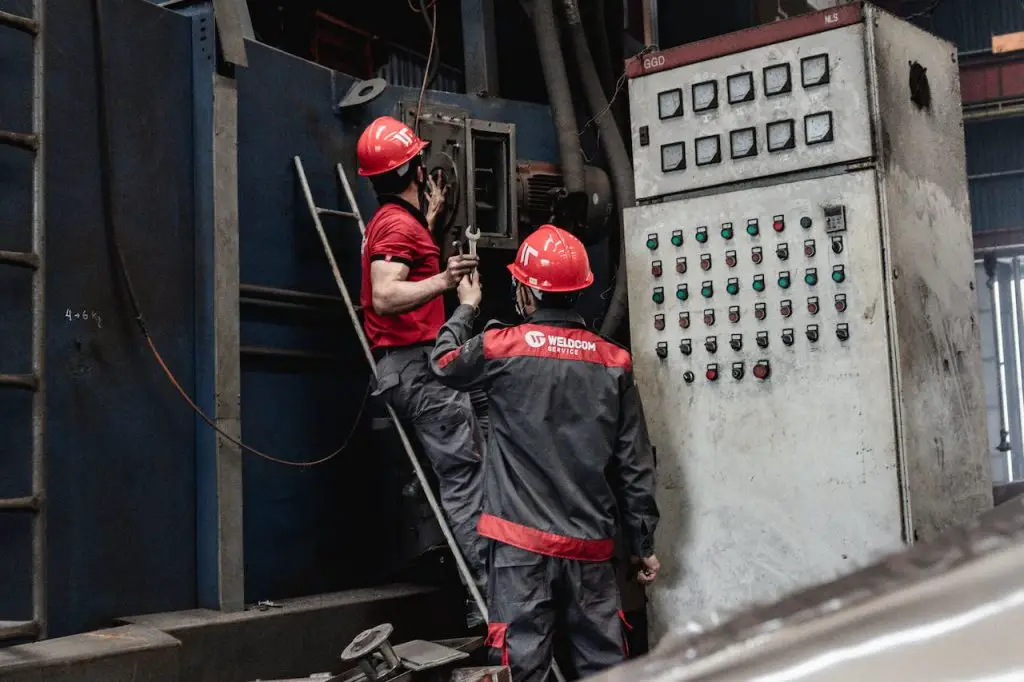Workers’ compensation is a crucial system to support employees who suffer work-related injuries or illnesses. It provides financial and medical benefits, ensuring employees are not left to face the consequences of workplace accidents alone. When navigating workers’ compensation claims, an important aspect is the potential role of no win, no fee lawyers. These legal professionals specialise in representing individuals in workers’ compensation cases without upfront fees, charging only if the case is successful.
This article aims to demystify the workers’ compensation claims process, providing a clear pathway for understanding and successfully navigating this complex system.
Understanding Workers’ Compensation

Workers’ compensation is a form of insurance that gives wage replacement and medical aid to injured employees. This system is a compromise between employers and employees: employees receive prompt, effective medical treatment for on-the-job injuries without proving fault, while employers are shielded from more expensive liability claims.
The benefits typically include medical care for the injury, replacement income, compensation for permanent injuries, and vocational rehabilitation if the employee can’t return to their original job.
The system is designed to ensure employees do not bear the financial burden of work-related injuries and simultaneously helps employers manage their risk.
Initiating a Claim
When an employee is injured at work, the first step is to report the injury to the employer immediately. This report should be in writing and include specifics about the injury and how it occurred. The next critical step is seeking medical attention, where a healthcare professional can assess the injury and provide necessary treatment.
The medical documentation generated from this visit is a key component of the workers’ compensation claim. The employee must then complete a workers’ compensation claim form, usually given by the employer or the insurance carrier. This form should be filled out thoroughly and accurately, as it is the foundation of the claim.
After submitting a claim, the insurance firm will review it to determine eligibility for workers’ compensation benefits. This review process involves assessing the medical reports, employment records, and the circumstances of the injury. When the claim is approved, the employee will be notified about the benefits they are entitled to.
However, the employee can appeal the decision if the claim is disputed or denied. During this phase, it’s crucial for the employee to stay informed and possibly seek legal advice, especially if there are complexities or disputes regarding the claim.
Rights and Responsibilities
Employees have specific rights in the workers’ compensation process. They have the right to file a claim for any work-related injury or illness, receive medical treatment, and, if applicable, get disability compensation.
They also have the right to return to their job once cleared by a medical professional. On the other hand, employees are responsible for reporting the injury promptly, seeking timely medical attention, and cooperating with all reasonable requests for documentation from their employer or the insurance carrier.
Understanding these rights and responsibilities ensures that the process runs smoothly and that the employee receives the appropriate benefits.
Role of Legal Representation
In complex workers’ compensation cases, legal representation can be crucial. No win, no fee lawyers specialise in this area and can provide invaluable assistance, particularly in cases where claims are denied or disputed. These lawyers work on a contingency basis, getting paid if they win the case. They can help deal with the legal system, gather necessary evidence, and represent the employee in hearings or negotiations. Legal representation is advisable in cases involving serious injuries, disputes about the claim, or when there is a potential for a significant settlement.
Returning to Work
After recovery, returning to work is a significant step in the rehabilitation process. This phase often involves a return-to-work program, including modified duties or part-time hours as the employee resumes their regular role.
Employers must usually provide reasonable accommodations to facilitate the employee’s return. This phase is crucial for the employee’s physical recovery and sense of normalcy and productivity. During this transition, employees must communicate effectively with their employer about their capabilities and limitations.
Conclusion
In summary, navigating workers’ compensation claims requires a clear understanding of the system, prompt action in reporting and seeking treatment, and awareness of one’s rights and responsibilities. Assistance from lawyers can be a valuable resource in complex cases.
The workers’ compensation system’s ultimate goal is to make sure that employees who suffer work-related injuries or illnesses can receive appropriate care and support, allowing them to recover and return to work. With the right approach and understanding, employees can effectively navigate the workers’ compensation process, ensuring their rights are protected and they get the benefits they are entitled to.



